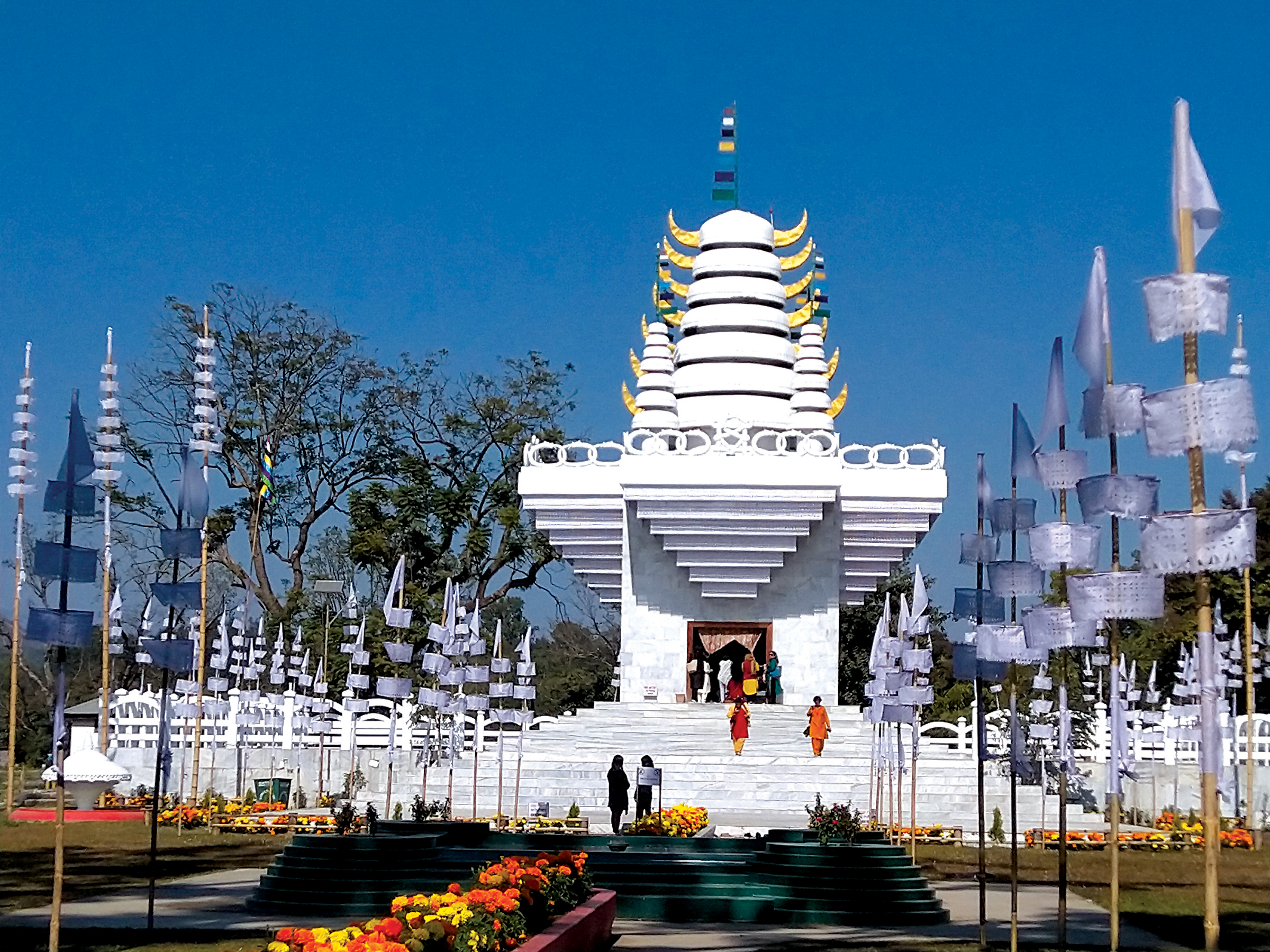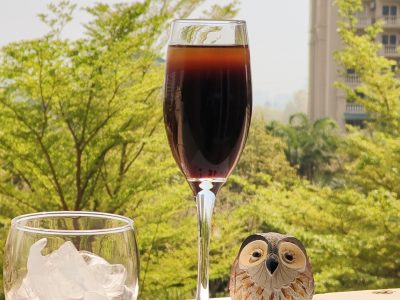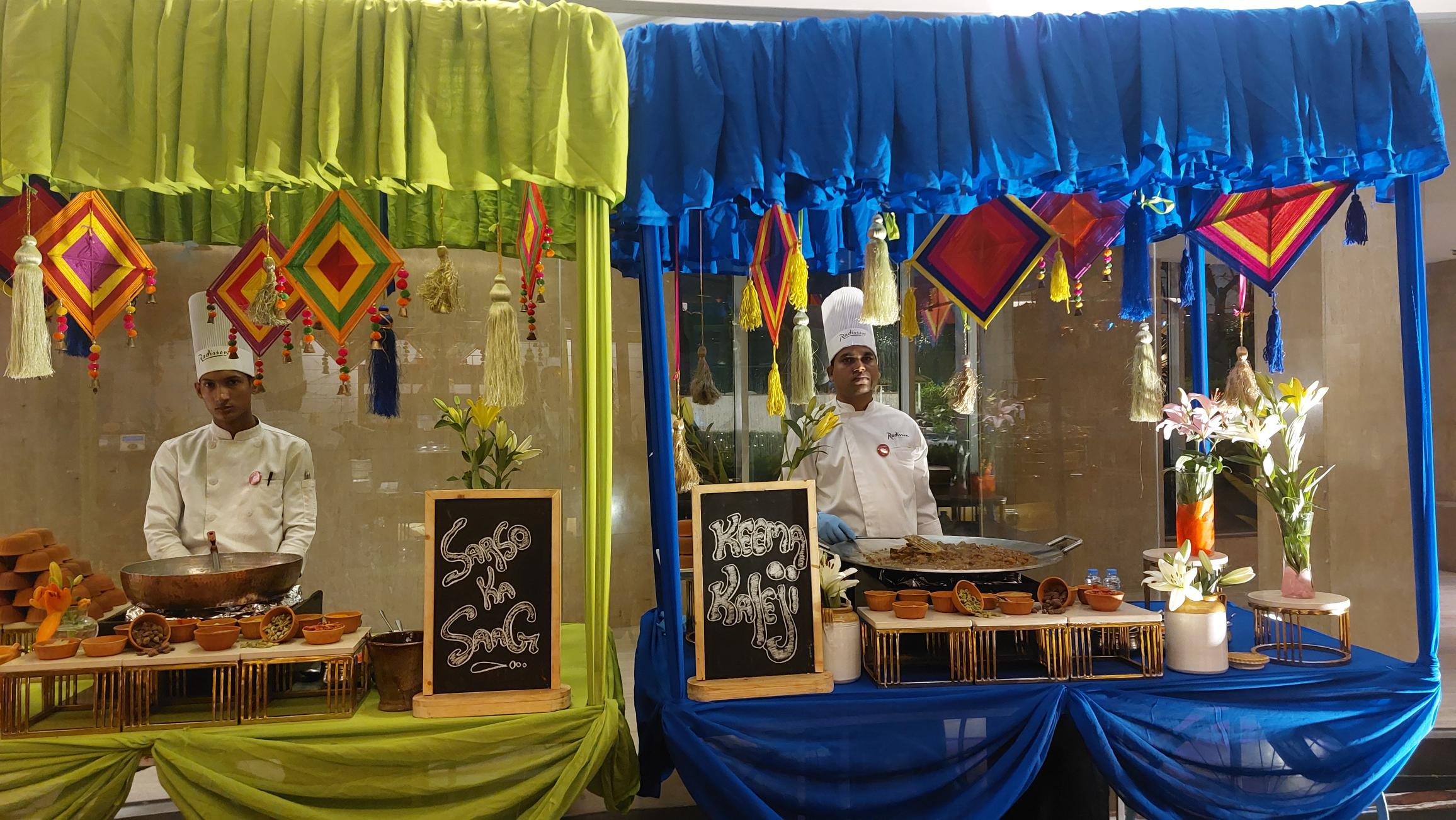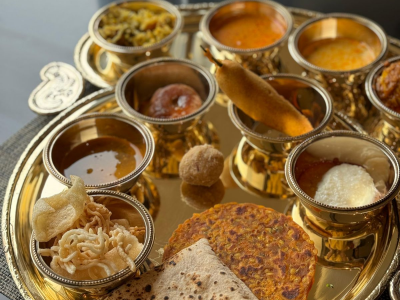Exquisite floating islands, an all-women market and the INA museum are some of the rewarding sights and sounds of a trip to Manipur
“I shall take you around in Meeteilleipak. Or if you prefer, Kangleipak,” smiles a co-passenger on my flight to Imphal. And laughs at my bewildered, “Don’t worry, you’re not headed towards a wrong destination – these were once the other names of Manipur.”
As I join in his laughter, trying to pronounce the monikers that to a non-Manipuri seem like interesting tongue-twisters, he asks me to peer out of the aircraft window. Sure enough, just a little before touchdown at the Tulihal airport, a stunning sight can be seen – big, green-hued rings on a water surface below.
What we are looking at is floating islands on the Loktak Lake, spread over an area of 287 sq km, it is the largest freshwater lake in North-eastern India. Needless to say, it is among the most popular attractions of Manipur. Like most tourists on this ‘jewelled land’, we too are eager to have an up-close and personal encounter with all its offerings.
With our two young guides, Huidrom Bikramjit and Konsam Henry Meitei, we hop onto a motorboat as it readies to sputter on the placid waters of the Loktak. It’s fascinating to go past the piece de resistance of the lake – the floating islands or phumdis that, incidentally, are a lifeline not just for its aquatic and avian inhabitants but also for the region’s fishermen.
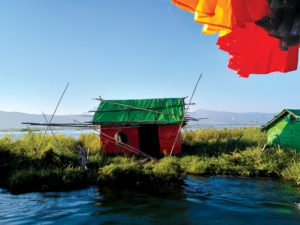
As the suns rays glint on the water surface, giving it a beautiful silvery-orange hue, we see folks in picturesque narrow boats doing what they’re so proficient at — fishing. Over 1,500 people stay on these islands. “This lake has been the lifeline for Manipuris since centuries. That is why, perhaps, much of our history, folklore and tales revolve around it,” the two youngsters proudly tell us. When the boat anchors close to one of the phumdis, they help us jump onto its surface, the experience akin to walking on a trampoline.
Manipur houses another jewel — the fascinating Ima Keithel (Mother’s Market), the largest all-women market in India (and probably the world), it goes back about 500 years. “What makes it special is that it is run and managed only by women. Men have nothing to do with it,” smiles Henry as he leads the way into the crowded, maze-like layout of the Keithal.
It houses over 5,000-plus stalls that sell a variety of ware from phaneks (sarongs) and innaphis (shawls) — comprise the traditional dress of Manipuri women, sequinned purses, cosmetics, spices, knives, pots and pans. As one of the ‘imas’ (ladies), Chandralekha, offers us a beautifully woven phanek at her stall, she tells us how many centuries ago, when men went to work in faraway lands, women were left to not just look after the house, but also work in the fields.
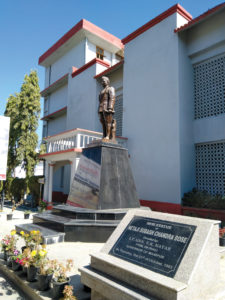
They would carry the produce to the market and earn money to run the household. “Slowly with time, this women’s market came up. For us, it’s now become a place where we come after finishing our work at home to supplement the family income and relax with our fellow shopkeepers, who have become lifelong friends.”
Picking up among other things, organic spices and even some raw ginger that look far more fresh and pungent than the ones available in the cities, we head for the historic Moirang. This sleepy little town lies just about 40 km from Imphal and has written some important chapters of India’s freedom struggle. It was here that the Indian National Army (INA), under Subhash Chandra Bose, formed the first provisional government of Free India (Azad Hind). The museum marks the place where the tricolour was first unfurled on Indian soil by Col Shaukat Malik on April 14, 1944.
As you walk through the museum’s hallowed precincts, its collection of photographs and artefacts are sure to make your heart swell with pride. For it is through them that you are privy to the time the INA troops marched through Singapore, the meeting in Tokyo between Subhash Chandra Bose and Rash Behari Bose — the revolutionary leader against the British Raj who was also one of the key organisers of the Ghadar Mutiny and later the Indian National Army. The museum also houses the last available image of Subhash Chandra Bose at the Saigon airport and another precious one of the cabinet of Azad Hind Fauj with Dr Lakshmi Sahgal as its Minister of Women’s Affairs.
The museum displays many old letters and photographs of Netaji, including those of his parents Jankinath and Prabhavati Bose and a portrait of Netaji by artist Syam Sim Dar made in 1968. You can also look at bombs, helmets and even a stretcher used in World War II. “Given the fact that it houses such an important chapter of India’s history, we’re hoping that the government gives it the attention it rightfully deserves,” says Nepram Dwijamani Singh who has been working here as a voluntary tour guide for more than 18 years now.
Not too far away the museum, a huge billboard proclaims the 73rd anniversary of the Battle of Imphal in World War II, fought in March-July 1944, in which the Indian Army assisted the British while the INA supported the Japanese. There’s also a Peace Memorial made by the Japanese in memory of their soldiers killed in battle against the Allied Forces.
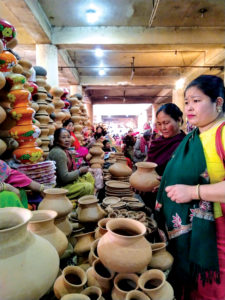
The old watchman here, incidentally speaks a smattering of Japanese, also tells you about the time when, “there was a lot of bloodshed and the Japanese had no option but to flee. To escape British attack, they had to hide among the trees in the Red Hill forests and many even took refuge in people’s homes.”
The Japanese Peace Memorial drives home the futility of war. It has plain walls, a red sandstone floor and three large uncut sandstone blocks — symbolising the blood of the Japanese, Indian and British soldiers in the Battle of Imphal. Close to another memorial a more traditional looking structure inscribed with Japanese passages, stands a rusty old cannon — a silent witness to the massive bloodshed of the battle.
Paying tributes at the Imphal War Cemetery that houses the graves of 1,600 Commonwealth soldiers, we head for the impressive Kangla Fort. Battery-operated carts operated by women who double up as tour guides take you to the museum that recounts the fascinating history of Manipur from 33 AD onward. Besides the original Govindaji Temple dedicated to Krishna and Radha, residences and burial spots of the royalty, the residence of Marshal General Slim — the officer who commanded the Allied troops in the Battles of Imphal — there’s also a sprawling polo ground.
Manipur, is believed to be a place where the sport of polo originated. According to the locals, it was actually called Sagol Kangjei, a traditional Manipuri game that eventually led to the birth to modern polo. As we zip past well-manicured gardens of the historic fort, Dayarani, our cheerful cart driver smiles, “You’re sure to be taking back blessings of the dragon Kangla-Sha — Manipur’s guardian angel.”
And as we stop to admire the two white-hued statues of Kangla-Sha, looking at the heavens above, it’s easy to believe her.

